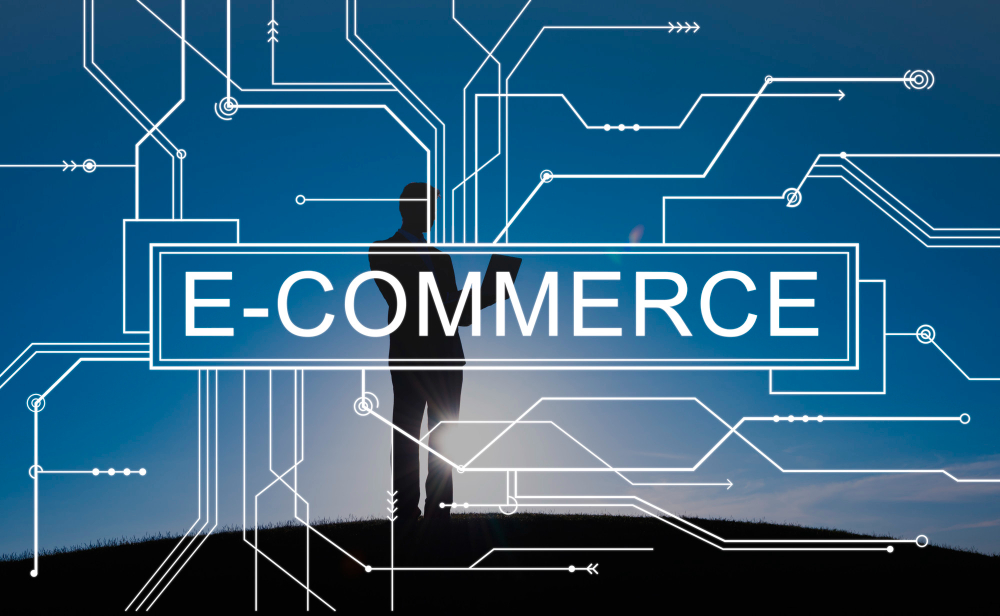In an era marked by technological advancement and changing consumer behavior, the e-commerce sector is experiencing exponential growth. To thrive in this competitive landscape, businesses must adopt effective strategies that not only attract customers but also retain them. In this comprehensive guide, we’ll explore essential e-commerce success strategies that will help your business stand out and flourish in the rapidly growing e-commerce sector.
Understanding the E-Commerce Landscape
Before diving into strategies, it’s crucial to understand the e-commerce landscape. E-commerce refers to the buying and selling of products or services online. This industry encompasses various models, including business-to-consumer (B2C), business-to-business (B2B), and more. As consumers increasingly prefer online shopping, the e-commerce sector has become a bustling marketplace with immense potential.
1. Exceptional User Experience (UX)
A seamless and enjoyable shopping experience is paramount in e-commerce. Your website’s design, navigation, and load speed play a pivotal role in retaining customers. Invest in user-friendly interfaces, mobile optimization, and intuitive layouts to keep users engaged.
2. Mobile Optimization
As mobile device usage continues to soar, ensuring that your e-commerce platform is mobile-friendly is non-negotiable. Responsive design, easy navigation, and fast load times on mobile devices are essential for capturing a broader audience.
3. High-Quality Product Listings
Detailed and enticing product listings with high-quality images and accurate descriptions are essential. Customers should feel confident in their purchasing decisions, and comprehensive product information helps achieve this.
4. Effective Search Engine Optimization (SEO)
SEO is the foundation of online visibility. Optimize your website for relevant keywords, create valuable content, and focus on both on-page and off-page SEO techniques to rank higher in search engine results.
5. Content Marketing
Utilize content marketing to provide value to your audience. Blogs, videos, and informative content related to your products or industry not only attract visitors but also position your brand as an authority in your niche.
6. Social Media Marketing
Leverage social media platforms to engage with your audience, showcase products, and run targeted advertising campaigns. Social media is a powerful tool for brand promotion and customer engagement.
7. Personalization
Tailor your website’s content and product recommendations based on user behavior and preferences. Personalization enhances the shopping experience and boosts conversion rates.
8. Customer Reviews and Testimonials
Positive reviews and testimonials build trust and credibility. Encourage satisfied customers to leave reviews and prominently display them on your website.
9. Secure Payment Options
Offer a variety of secure payment options to accommodate different customer preferences. Ensure that payment processes are smooth and secure to instill confidence in your buyers.
10. Inventory Management
Efficient inventory management is crucial for timely order fulfillment and preventing stockouts. Utilize inventory management software to streamline operations.
11. Customer Support
Provide excellent customer support through various channels, including live chat, email, and phone. Promptly address customer inquiries and concerns to enhance the buying experience.
12. Data Analytics
Regularly analyze customer data to gain insights into their behavior and preferences. Use this information to refine your marketing strategies and product offerings.
13. Shipping and Logistics
Optimize your shipping and logistics processes for cost-effectiveness and timely delivery. Offering fast and reliable shipping options can significantly impact customer satisfaction.
14. Competitive Pricing and Discounts
Stay competitive by regularly evaluating your pricing strategy. Offer discounts and promotions strategically to attract and retain customers.
15. Adaptability and Innovation
The e-commerce landscape is ever-evolving. Stay adaptable and open to innovation. Embrace emerging technologies, trends, and consumer preferences to remain competitive.
Conclusion
Success in the rapidly growing e-commerce sector requires a holistic approach. By focusing on exceptional user experiences, effective marketing, robust customer support, and innovation, your business can not only survive but thrive in this dynamic industry. Keep your finger on the pulse of e-commerce trends and continuously adapt to meet the changing demands and expectations of your customers.

